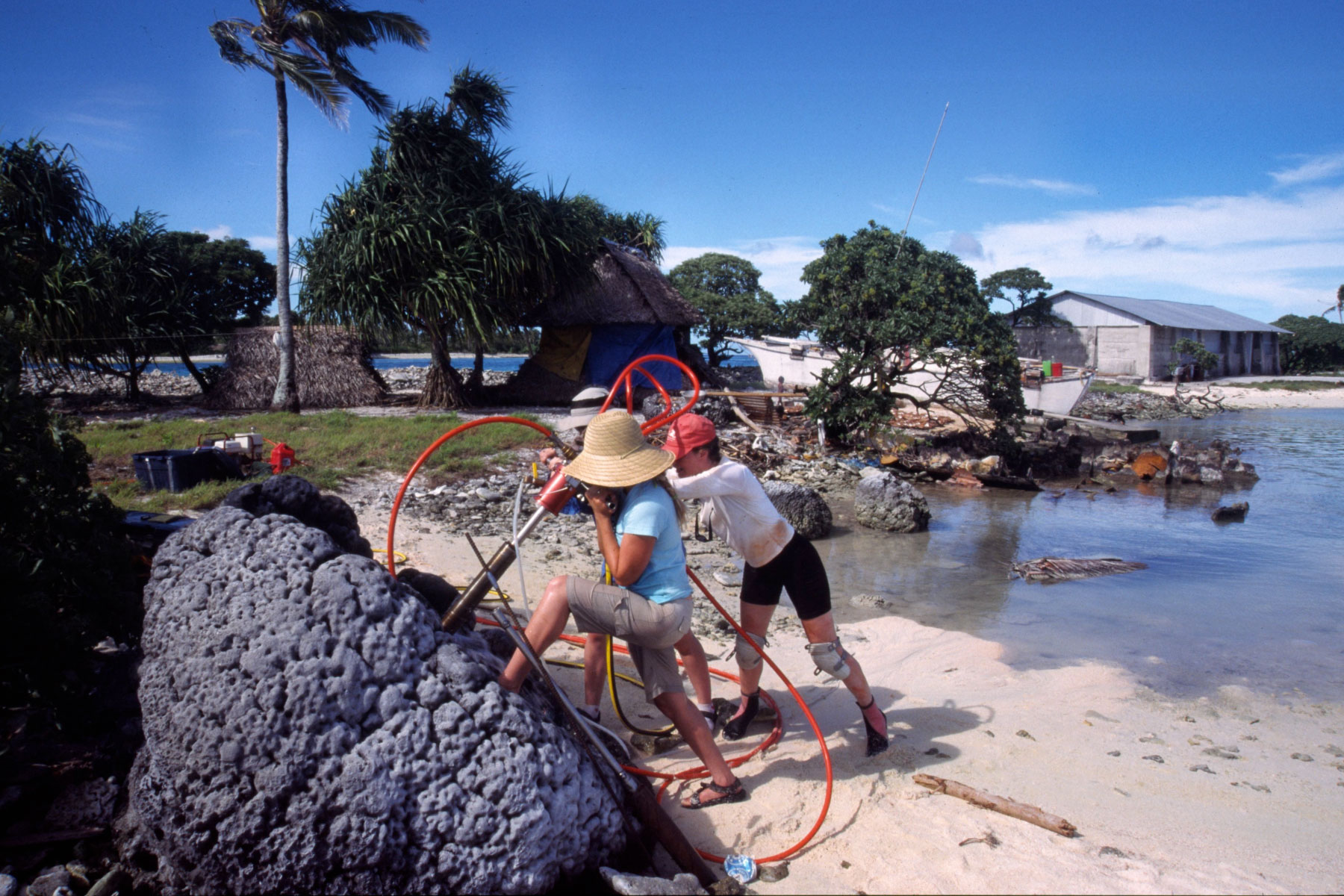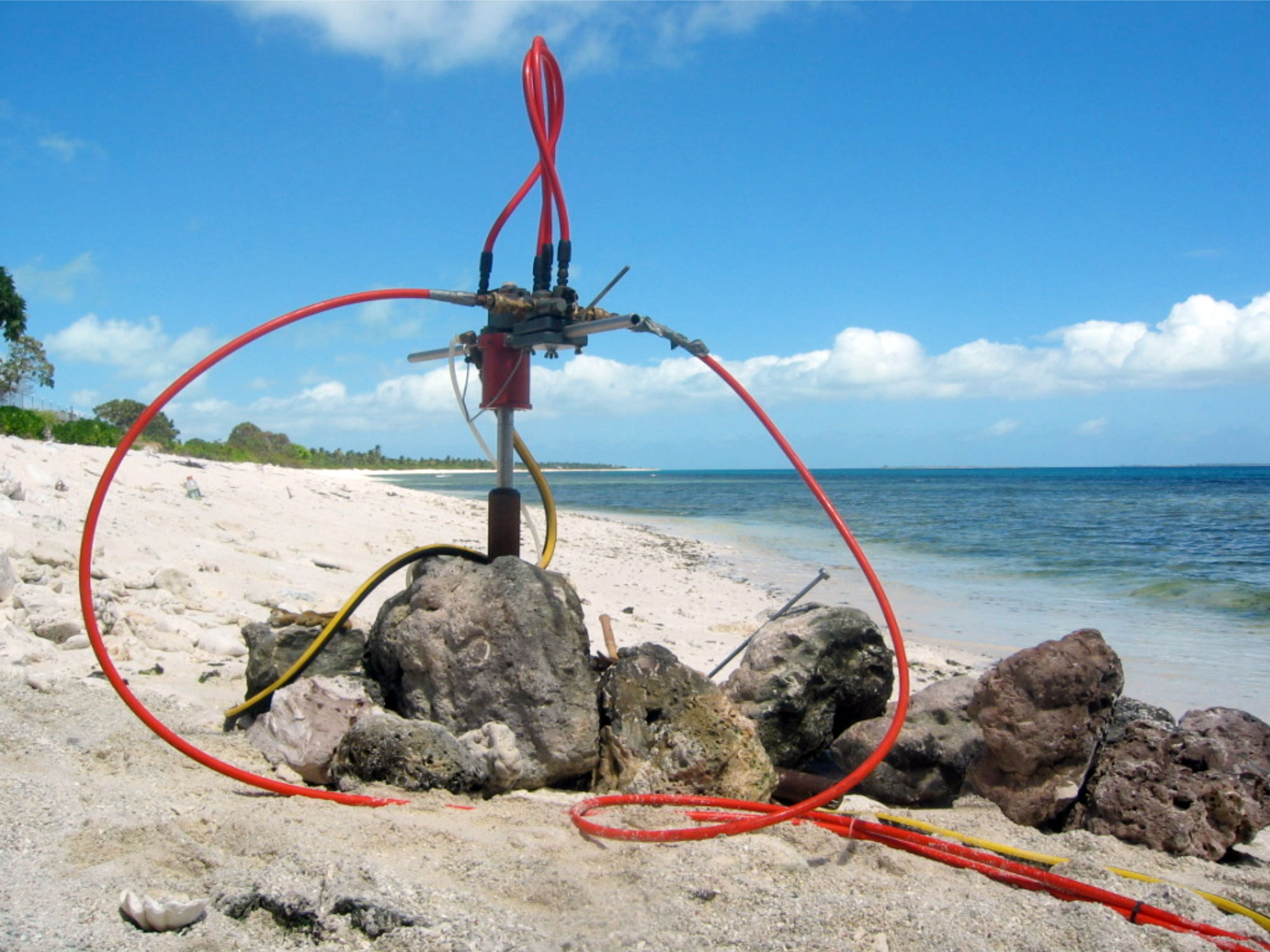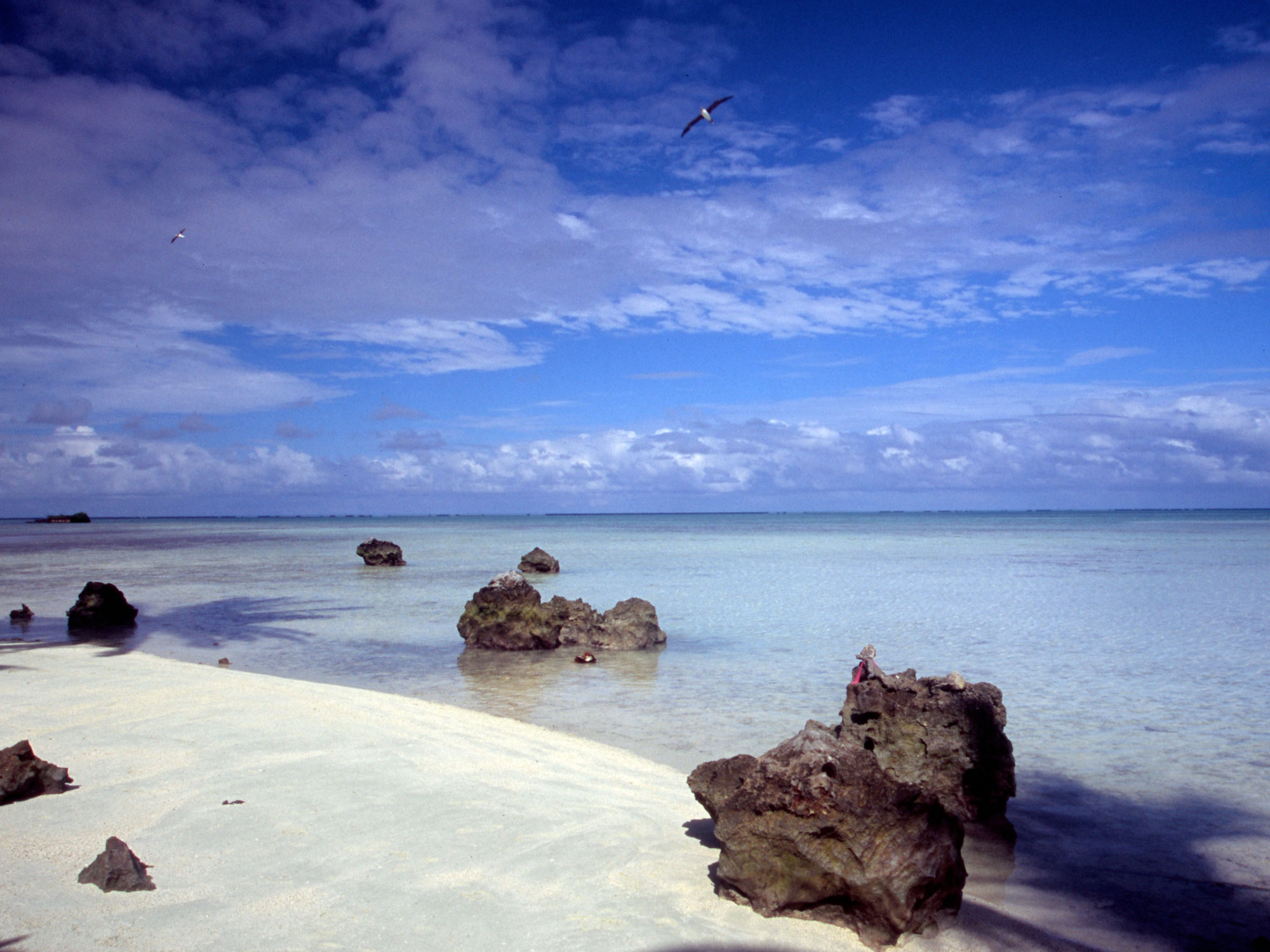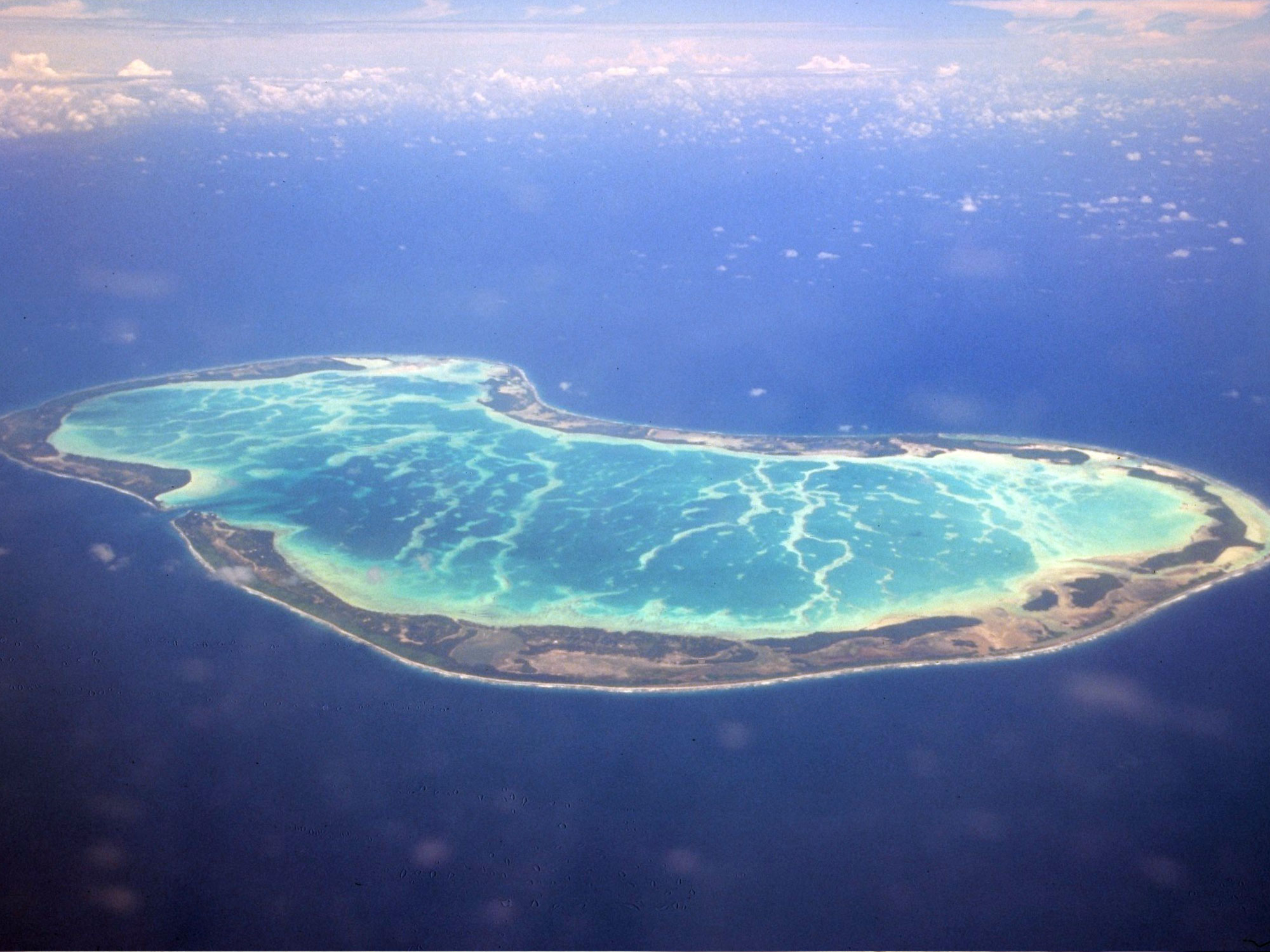
Coral records of natural and anthropogenic climate change




In my lab, we generate records of past tropical Pacific climate from corals, working across a broad-range of timescales that are relevant to anthropogenic climate change. By measuring the oxygen isotopic (δ18O) content of the coral skeletal aragonite every 1mm down-core, we obtain timeseries that reflect changes in past ocean temperature and/or changes in the oxygen isotopic content of the seawater (the latter linearly related to salinity, and thereby used as a proxy for hydrological balance). Our long-term sites in the central equatorial Pacific are extremely sensitive to temperature and rainfall changes associated with the El Nino-Southern Oscillation (ENSO), so corals from these sites provide exceptional archives of past ENSO activity.
We use so-called “modern” corals, drilled from large living colonies underwater, to calibrate our coral oxygen isotope proxy against instrumental climate data, and to reconstruct the evolution of 20th century climate. We use so-called “fossil corals”, drilled or collected from long-dead colonies scattered along beaches at our sites, to reconstruct climate of the more distant past (back 7,000 yrs so far). With monthly-resolution and a large menu of environmentally-sensitive geochemistries to choose from, corals hold immense potential to significantly reduce the uncertainties associated with future tropical climate and environmental change.
Some highlights from our coral publications:
- characterization of a particularly pronounced decadal-scale climate signal in the Palmyra coral δ18O record (Cobb et al., 2001; now recognized as the “North Pacific Gyre Oscillation” (Di Lorenzo, Schneider, Cobb et al., 2008)).
- presentation of coral δ18O records spanning large segments of the last millennium, greatly expanding our understanding of tropical Pacific climate change during this time (Cobb et al., 2003)
- reconstruction of monthly-resolved surface water radiocarbon in the central tropical Pacific over the last millennium, showing evidence for significant upwelling intensification roughly 700-800yrs ago, a potentially globally significant change whose causes are unknown (Zaunbrecher et al., 2010)
- uncovered a large negative trend in seawater δ18O (implying more precipitation) likely associated with anthropogenic climate change, consistent with climate model projections that the “wet get wetter” under increased atmospheric CO2 (Nurhati et al., 2011)
- greatly expanded the range of paleo-ENSO variability over the last 7,000yrs, in the process discovered that 20th century ENSO strength is 20% higher than the natural variability baseline (95% significant), suggesting that present-day ENSO may be intensifying under global warming (Cobb et al., 2013)
Publications
Cobb, K.M., N. Westphal, H. Sayani*, E. Di Lorenzo, H. Cheng, R.L. Edwards, C.D. Charles, Highly variable El Nino-Southern Oscillation throughout the Holocene, Science DOI: 10.1126/science.1228246, 2013.
Nurhati, I.*, K.M. Cobb, E. Di Lorenzo, Decadal-scale SST and salinity variations in the central tropical Pacific: signatures of natural and anthropogenic climate change. Journal of Climate doi: 10.1175/2011JCLI3852.1, 2011.
Sayani, H.*, K.M. Cobb, A. Cohen, E. Crawford, L.K. Zaunbrecher, I.S. Nurhati, Diagenetic effects on the morphology and geochemistry of modern and young fossil coral skeletons, Geochimica Cosmochimica Acta 75: 6361-6373, 2011.
Zaunbrecher, L.K.*, K.M. Cobb, J.W. Beck, C.D. Charles, E.R.M. Druffel, R.G. Fairbanks, S. Griffin, H. Sayani, Coral records of central tropical Pacific radiocarbon variability during the last millennium , Paleoceanography 25, PA4212, doi:10.1029/2009PA001788, 2010.
Nurhati, I.S.*, Cobb, K.M., Charles, C.D., Dunbar, R.B. Late 20th century warming and freshening trend in the central tropical Pacific, Geophysical Research Letters doi:10.1029/2009GL040270, 2009.
Cobb, K.M., C.D. Charles, R.L. Edwards, H. Cheng, M. Kastner. El Nino-Southern Oscillation and tropical Pacific climate during the last millennium. Nature 424: 271-276, 2003.
Cobb, K.M., C.D. Charles, R.L. Edwards, H. Cheng, M. Kastner. U/Th-dating living and young fossil corals from the central tropical Pacific. Earth and Planetary Science Letters 210(1-2): 91-103, 2003.
Cobb, K.M., D.E. Hunter, C.D. Charles. A central tropical Pacific coral demonstrates Pacific, Indian, and Atlantic decadal climate connections. Geophys. Res. Lett. 28(11): 2209-2212, 2001.
Presentations
Testing late 20th century ENSO variability against new coral records of natural variability (15min) AGU Fall Meeting, 2012.
People
Collaborators
- Larry Edwards (UMN)
- Hai Cheng (Xi’an Jiaotung University, China & UMN)
- Christopher D. Charles (SIO)
- Ellen Druffel (UC-Irvine)
- Julien Emile-Geay (USC)
- Anne Cohen (WHOI)



